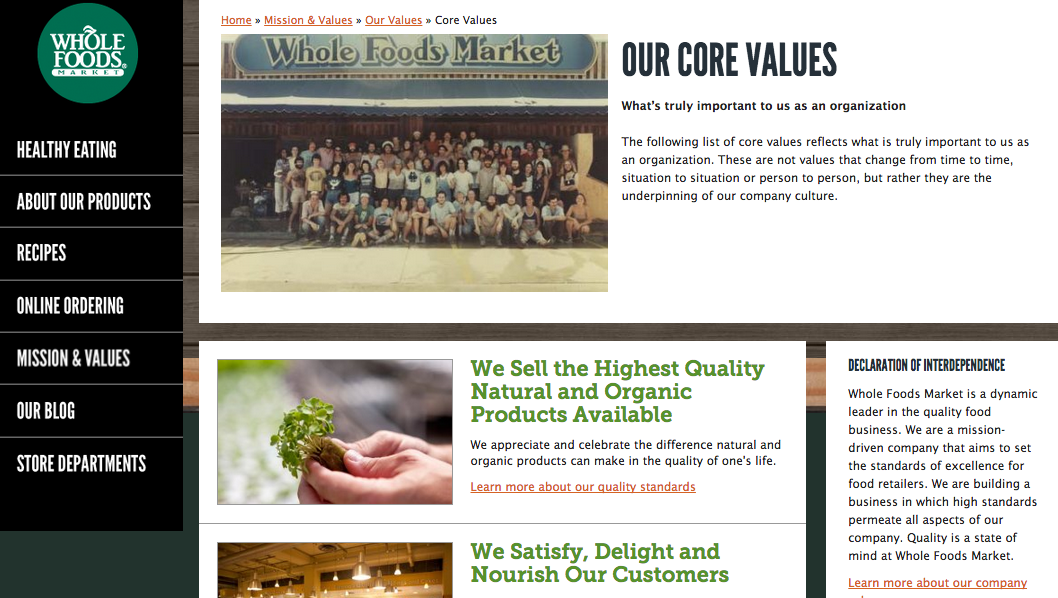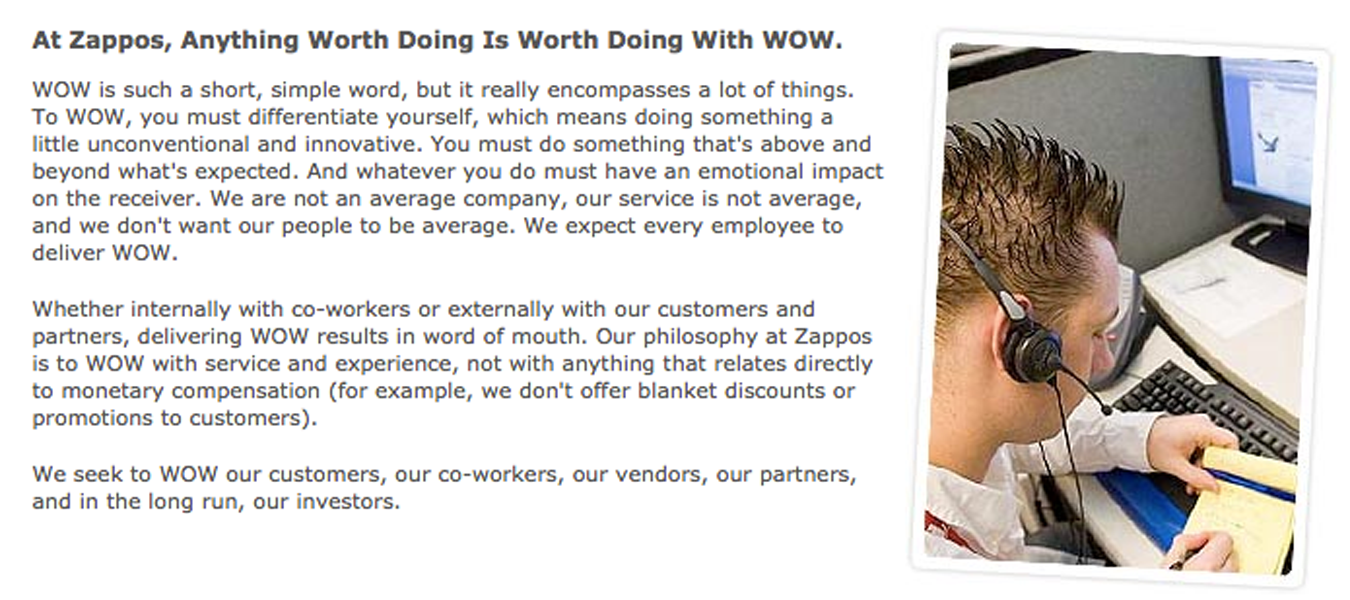
“You are you. Now isn’t that pleasant?”
Dr. Seuss
Authenticity is about being true to who we are under any circumstances or situations that come our way. As we strive to practise it in our personal lives, companies can also adopt this principle in running their business operations. Being authentic reveals a side of the company that people can relate to and it shows brand personality. It is what makes a company special that cannot be replicated by the competition.
How do you get your company started on the path of authenticity?
1. Understand Your Company DNA
In order to get started, doing research will help gain a better understanding of what is important to your company. It could be defined by its history, mission, vision, culture, values, and goals. Conducting interviews and asking your staff, customers, and people who work with your company on a consistent basis will offer different perspectives to uncover discoveries you never knew. It is critical to take some time to figure out what your company stands for and how they align with your business operations. Writing them down will serve as guiding principles to becoming an authentic brand.
When you know with certainty what your company fundamentally believes in, you don’t need to compromise or get distracted by what others are doing. It guides business decisions. The great thing is you don’t have to try hard to show it and it doesn’t feel contrived. It just comes naturally and engages people. The connection builds stronger relationships with your customers. In the end, you will gain respect of your customers and impress those who want to do business with you.
Whole Foods is a great example in demonstrating its commitments as an organization to its staff, vendors, shareholders, customers, community, and the environment by publicly outlining its core values on its website. Writing them down permits stakeholders to hold the company accountable to its promise.

2. Actions Speak Louder Than Words
Ultimately people’s perception of your company—your brand—is shaped by experiences through direct and indirect interactions. This is not limited to just your marketing efforts, but other factors also impact the way people feel about your company. It can include everything from whether your products/services live up to customer expectations, how employees treat customers, to how the customer service team handles support calls.
Once you know the qualities that define your company, communicate this direction internally with employees. Your staff is the best representation of your brand. Make sure they are on board to demonstrate what the company has to offer and listen to their feedback.
Zappos’ employees are advocates in demonstrating its core value. The company aligned their organization around the mission to provide the best customer service possible. In order to show its commitment to its customers, Zappos give their staff autonomy to do what it takes to go beyond their duty.
Zappos explains their core value of Delivering WOW through service on their website:

Below are ten inspiring Zappos customer support stories that illustrate how Zappos core value of WOW is realized through the actions of its employees:
3. Keep Your Promise
When a company doesn’t live up to its promise, it loses credibility and it is difficult to get it back. Psychology studies have shown that people tend to remember bad memories than the good. Losing the trust of your customers can be detrimental to your business, especially when customers are talking online through various channels including social media, forums, and reviews. If you keep your promise, or even over deliver, your company will gain the trust and respect of customers who will help spread the good word.
4. Honesty is the Best Policy
Authenticity is about sincerity and taking ownership of missteps. Mistakes are often opportunities in disguise for improvement and growth.
In the book, Onward: How Starbucks Fought for Its Life without Losing Its Soul, Howard Schultz openly talks about his journey of returning to Starbucks as the CEO. The company had lost touch with its customers and it was suffering financially. Taking ownership of past mistakes, Schultz returned Starbucks to its core values. In the process of going back to its roots, Starbucks closed all of its US stores to retrain their baristas on a Tuesday afternoon in 2008.
I shut our stores for three and a half hours of retraining. People said, “How much is that going to cost?” I had shareholders calling me and saying, “Are you out of your mind?” I said, “I’m doing the right thing. We are retraining our people because we have forgotten what we stand for, and that is the pursuit of an unequivocal, absolute commitment to quality.”
Howard Schultz, The HBR Interview: “We Had to Own the Mistakes”
Through passion, courage, and hard work, the company eventually achieved profitability despite criticism and competition. Staying true to its company’s commitments got Starbucks back on track and help grow its business.
Being an authentic brand is a practice that a company needs to prove time and time again. If it continues down this path, the dedication will be rewarded by winning the hearts of customers.
Share:


Didn’t know this Starbucks story, that was a very bold move! Also, you are absolutely right about bad memories or ratings. Even if it has 100 five stars reviews and just one bad I am not very eager to buy from that brand…